Faced with the pressure of higher credit growth than last year and the downward trend in interest rate management, banks are actively mobilizing capital to ensure liquidity and meet capital needs for production and business in the last months of the year.
Banks face liquidity pressure
In the first 6 months of 2025, outstanding credit of the whole system increased by 8.3% compared to the end of last year, reaching about 16.9 million billion VND, the highest level in more than two years. Credit growth is forecast to exceed 16% by the end of the year, reflecting the strong capital demand of the economy .
However, the capital mobilization rate increased more slowly, reaching only 6.11% as of June 26, according to the General Statistics Office ( Ministry of Finance ). In the same period, total means of payment increased by 7.09%, higher than the 2.48% of last year.
Although people and businesses have continued to deposit an additional VND900,400 billion into the banking system, deposit growth has not kept up with credit growth.
Notably, deposit flows are mainly concentrated in short or medium terms, while businesses' borrowing needs are more medium and long term, causing great pressure on liquidity for credit institutions.
Previously, data from the State Bank also recorded that capital mobilization by credit institutions by the end of 2024 reached more than VND 14,732 trillion, an increase of more than 9% compared to 2023. However, this increase has not yet caught up with the increasing credit demand in the first half of this year.
According to the latest report from Vietcombank Securities Company (VCBS), the credit outlook for the end of 2025 continues to be positive thanks to low interest rates and a series of preferential loan packages launched, especially for priority sectors such as technology, real estate and small and medium enterprises (SMEs).
Along with that, public investment disbursement and legal clearance for the real estate market will also create new momentum for loans to buy houses and construction materials. In addition, positive trade negotiation results with the US are expected to support production, exports and increase credit demand.
VCBS assesses that monetary policy still maintains a looser trend and system liquidity continues to be abundant. In the context of recovering credit demand, especially from the SME sector and individual customers, some banks are forecast to have impressive credit growth.
specifically, MB is expected to increase by up to 28% thanks to wholesale and retail activities; Techcombank expects strong growth thanks to the recovery of the real estate and construction markets; MSB expects credit growth of more than 21% thanks to high loan demand; VietinBank and BIDV maintain growth rates equivalent to the general level, respectively 16.9% and 16%.
Despite the positive credit outlook, the problem of outstanding loans growing faster than capital mobilization is still a difficult problem for banks to solve, especially in the context of input interest rates by being kept stable to support the economy. This requires flexibility in operations and appropriate capital mobilization strategies in the second half of the year.
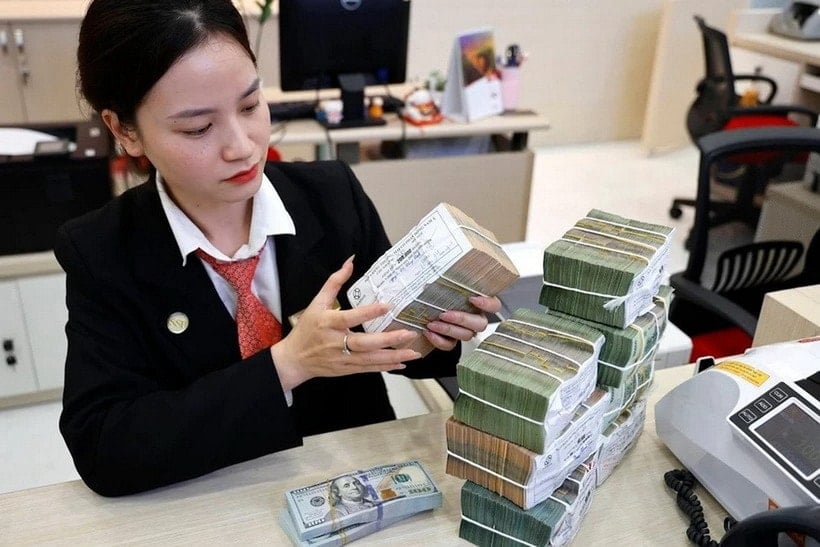
Solving the liquidity problem
In the context of the economy recovering, capital demand from enterprises is forecast to continue to increase sharply in the second half of 2025. According to the survey results of the General Statistics Office, nearly 81% of enterprises in the processing and manufacturing industry assessed that production and business trends in the third quarter will be stable or better than the previous quarter. This means greater pressure on capital sources, especially medium and long-term capital.
However, according to a survey by the State Bank of Vietnam (SBV), credit institutions forecast that capital mobilization in the third quarter will increase by an average of about 4%, while system liquidity will remain stable thanks to flexible management measures. However, the fact that credit still accounts for too large a proportion of the total capital supplied to the economy is posing many challenges.
At the National Assembly meeting on June 19, SBV Governor Nguyen Thi Hong warned that the credit balance/GDP ratio by the end of 2024 reached had 134%, a very high level compared to international standards. Continuing to rely heavily on bank credit channels not only causes capital imbalances but also systemic poses risks, affecting the goal of sustainable growth.
Faced with this situation, the State Bank of Vietnam affirmed that it will strictly control credit growth targets, while operating a flexible and reasonable monetary policy to ensure macroeconomic stability, control inflation and maintain the safety of the banking system. Along with that, Governor Nguyen Thi Hong requested ministries and branches, especially the Ministry of Finance, to proactively balance resources for large investment projects, avoid being passive in arranging capital, and reduce pressure on the banking sector.
On the part of commercial banks, to “relieve” liquidity pressure without raising input interest rates, many banks have shifted to attract demand deposits (CASA). Instead of competing on interest rates, banks are promoting digitalization of services, improving payment account utilities to increase the amount of deposits available in accounts.
Some banks have achieved a CASA ratio of over 35% of total deposits, a high level in the industry. Mr. Nguyen The Dan, Director of Hanoi Branch of BVBank, said that digitizing the payment system not only helps increase CASA but also reduces the average cost of capital, creating room to reduce lending interest rates, supporting businesses and people to access credit at reasonable costs.
At the same time, to ensure medium and long-term capital, banks have also stepped up the issuance of corporate bonds. In the first 6 months of 2025, the value of bonds issued by banks exceeded VND187,000 billion, 2.5 times higher than the same period last year. This is an effective mobilization channel, helping to diversify capital sources and reduce dependence on short-term mobilization.
Mr. Lai Tat Ha, Deputy General Director of ABBank, commented: "Issuing bonds not only helps the bank increase the proportion of medium and long-term capital but also creates a solid foundation for implementing long-term credit financing plans, developing new products and making in-depth investments. At the same time, this is also an effective solution to reduce pressure on traditional mobilization channels such as residents or businesses."
In the context of continued strong credit growth, but medium-term capital sources have not kept up, creative mobilization solutions, expanding capital channels and restructuring liquidity strategies are becoming vital priorities for the banking system.
Source: https://baolamdong.vn/ngan-hang-chay-dua-huy-dong-von-phuc-vu-cao-diem-san-xuat-cuoi-nam-381595.html























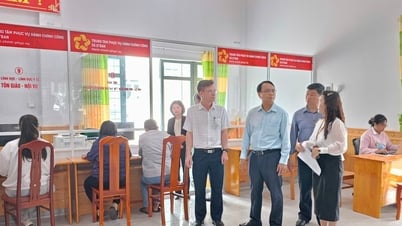










































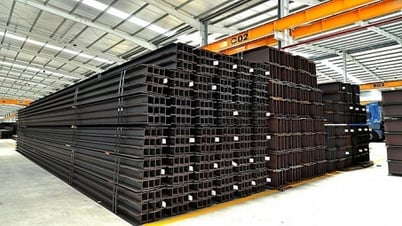













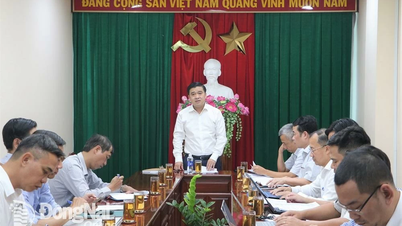










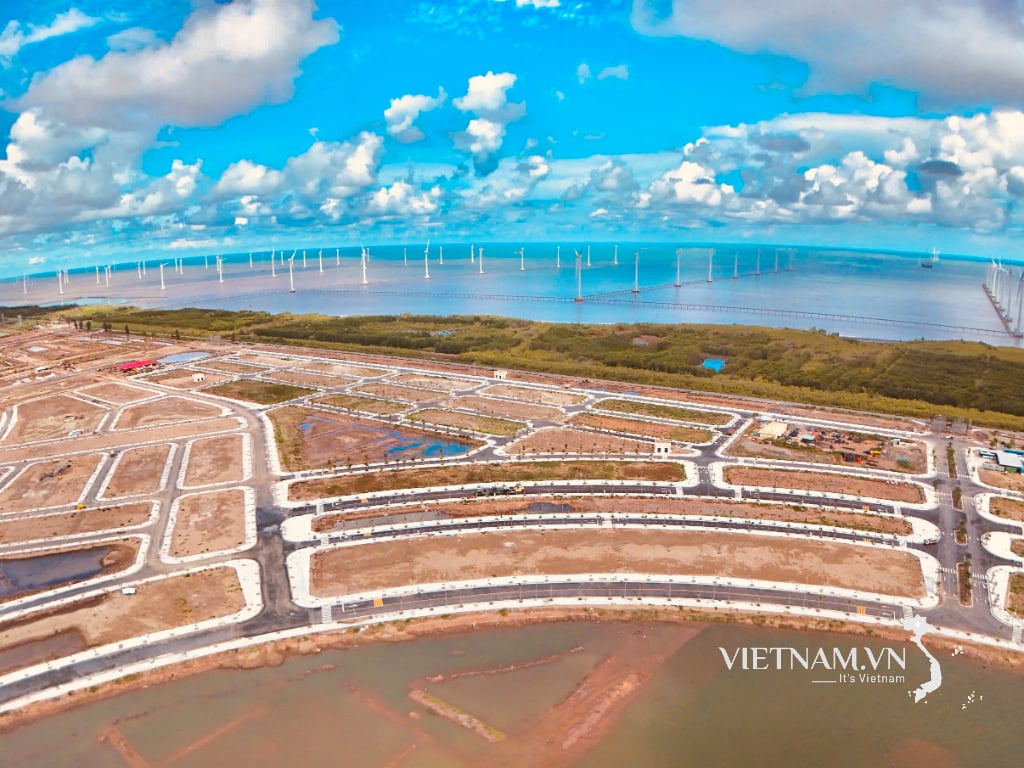



Comment (0)